50+ SAMPLE Bar Graphs
-
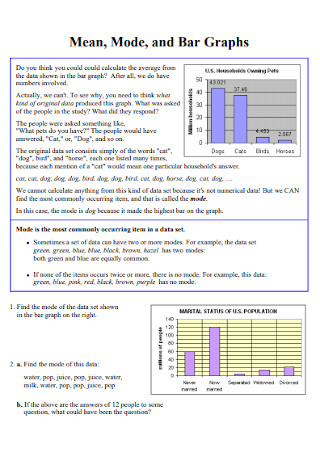
Sample Mean Mode and Bar Graphs
download now -
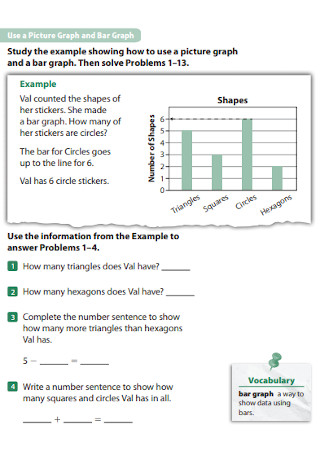
Picture Graph and Bar Graph Template
download now -

Conventions for Bar Graphs
download now -
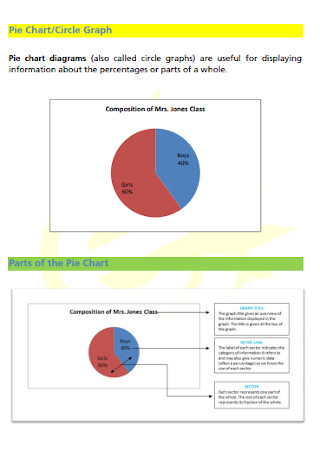
Circle Bar Graph Template
download now -
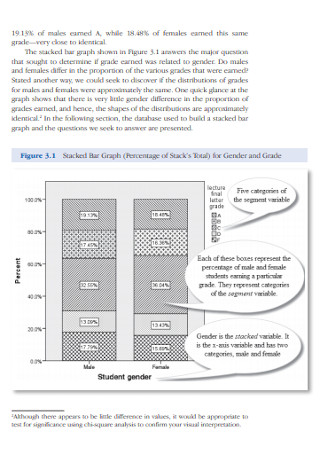
Stacked Bar Graph
download now -
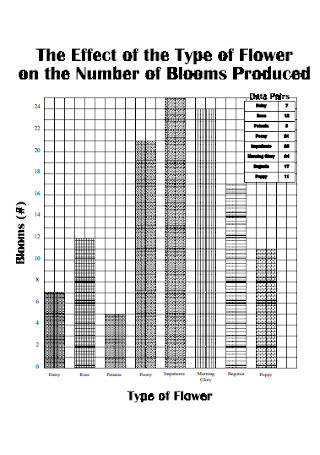
Sample Flower Bar Graph
download now -
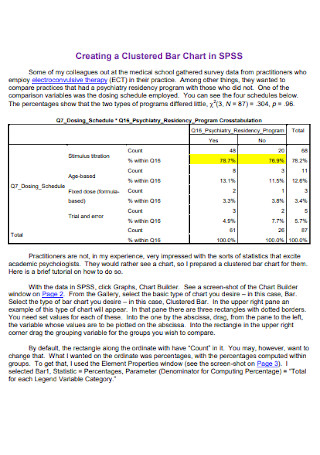
Clustered Bar Chart
download now -
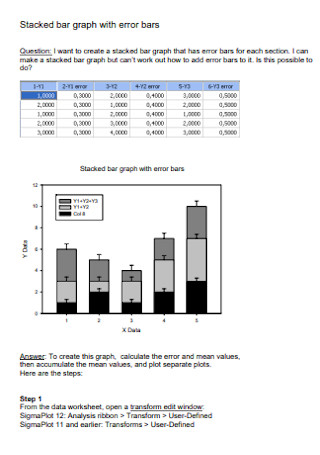
Stacked Bar Graph with Error Bars
download now -

Drawing Line Graph and Bar Chat Template
download now -
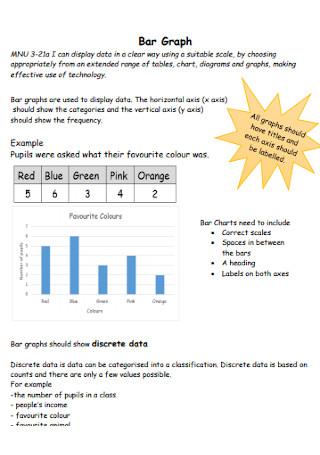
Basic Bar Graph Template
download now -
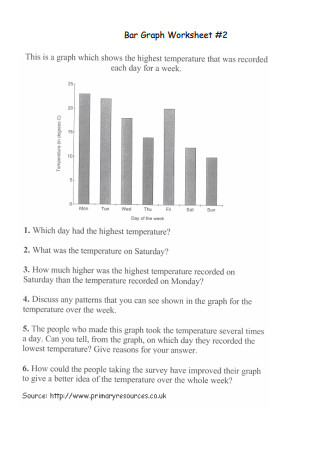
Bar Graph Worksheet Te3mplate
download now -
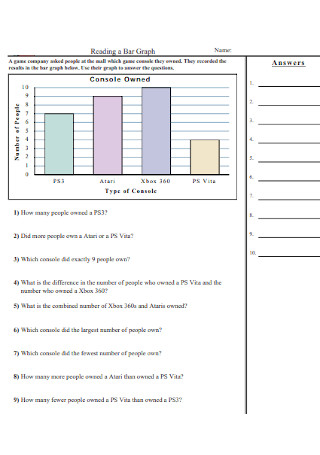
Reading a Bar Graph
download now -
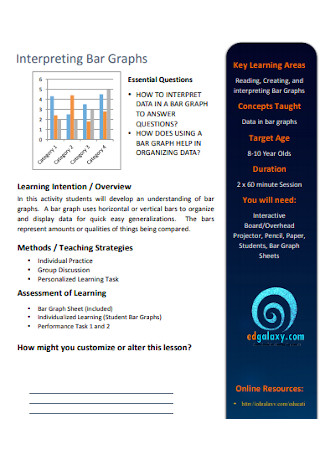
Sample Interpreting Bar Graphs.
download now -
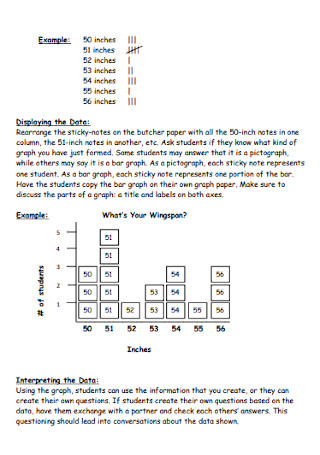
Standard Bar Graph Template
download now -

Interpretation of Bar Graphs
download now -
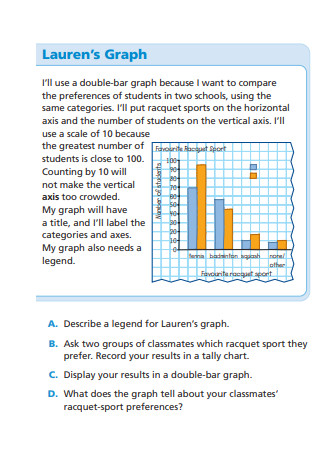
Constructing Double Bar-Graph Template
download now -
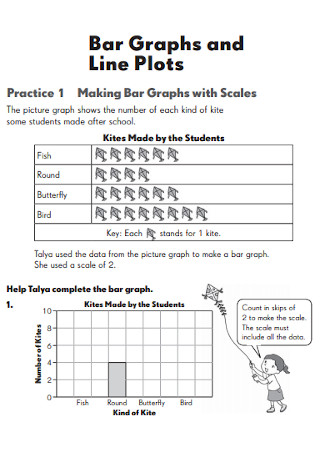
Bar Graphs and Line Plots
download now -

Generic Bar Graph Template
download now -

Sample Homes Bar Graph Template
download now -
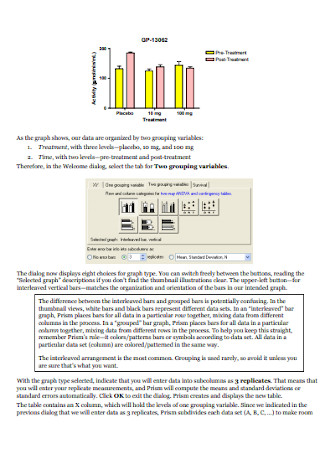
Bar Graphs with Two Grouping Variables
download now -
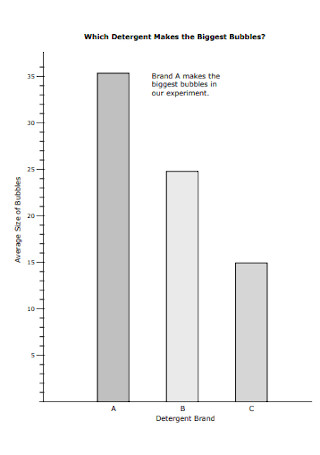
Bubbles Bar Graph Template
download now -
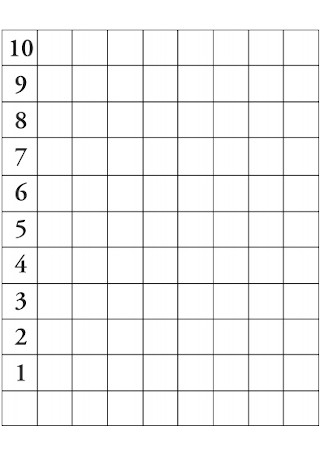
Legume Bar Graph
download now -

Description of Continuous Data Using Bar Graphs
download now -
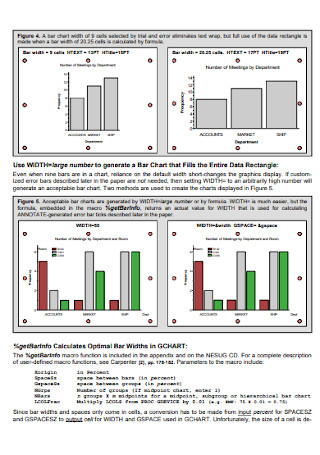
Building Bar Graph Template
download now -

Measurement and Data Bar Graphs
download now -
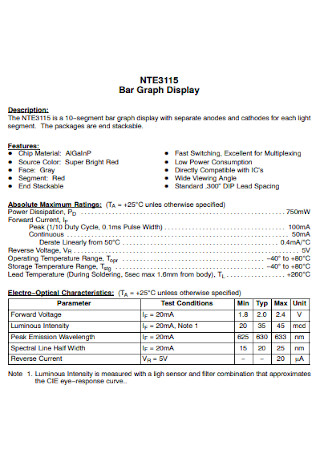
Bar Graph Display Template
download now -
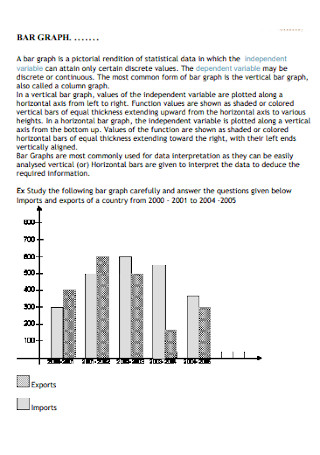
Simple Bar Graph Template
download now -
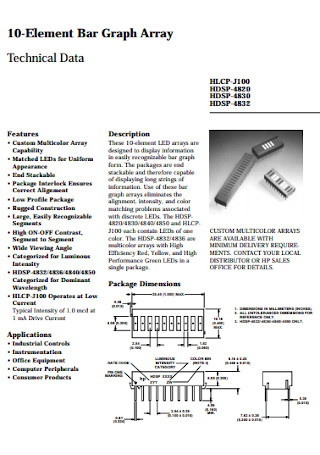
Sample Element Bar Graph Array Template
download now -

Bar and Line Graphs Template
download now -
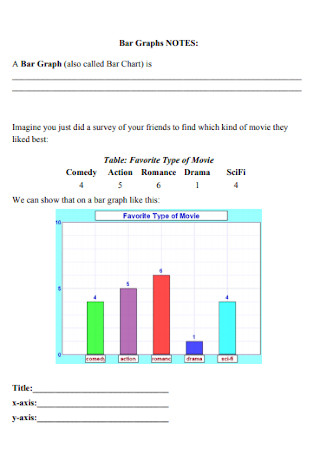
Bar Graphs Notes Example
download now -
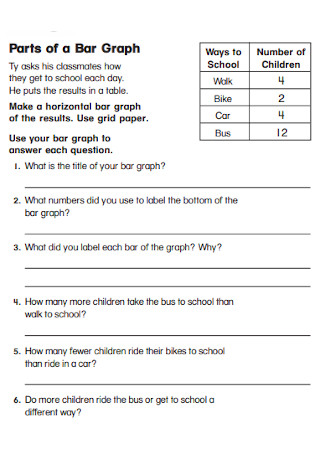
Parts of a Bar Graph
download now -
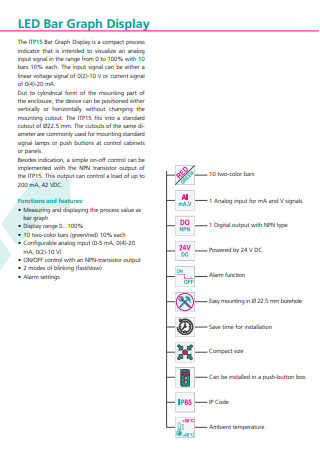
LED Bar Graph Display Template
download now -
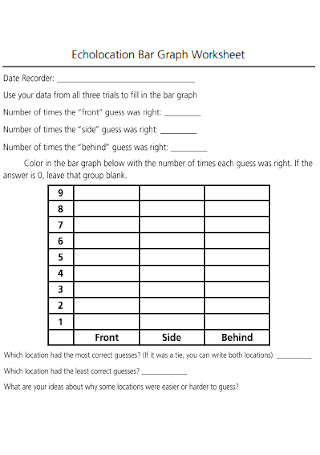
Echolocation Bar Graph Worksheet
download now -
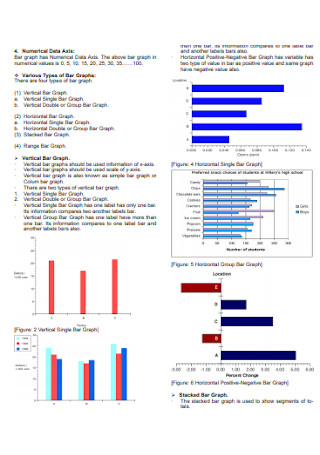
Sample Horizontal Bar Graph
download now -
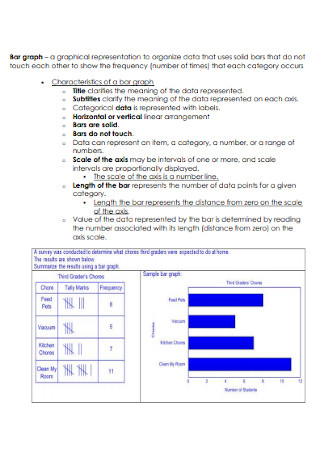
Formal Bar Graph Template
download now -
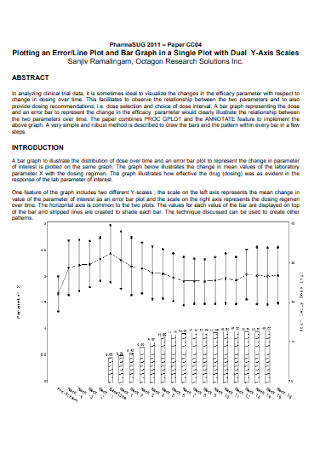
Line Plot and Bar Graph
download now -
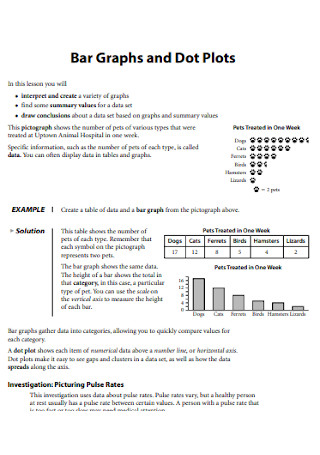
Bar Graph and Dot Plots Template
download now -
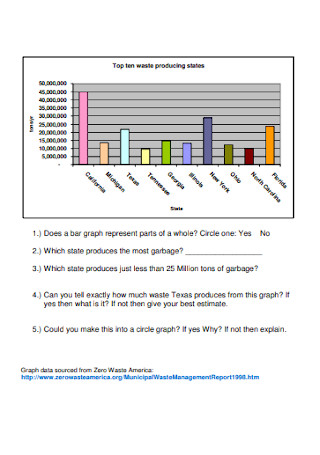
Sample Circle and Bar Graph Template
download now -
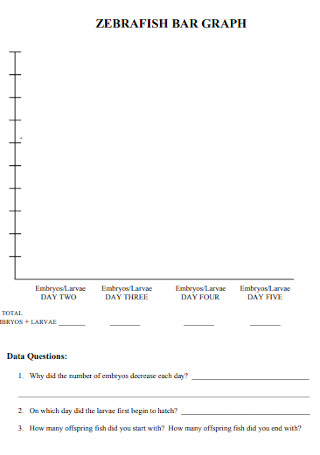
Sample Zibrafish Bar Graph Template
download now -
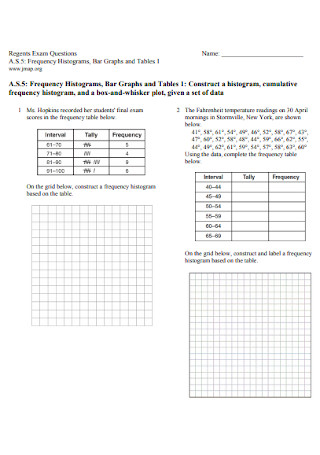
Sample Bar Graph and Table Template
download now -
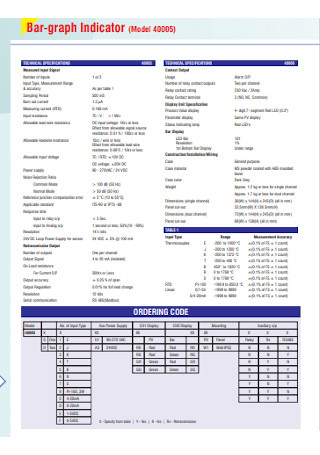
Sample bar Graph Indicator Template
download now -

Comparing Two Bar Graph Template
download now -
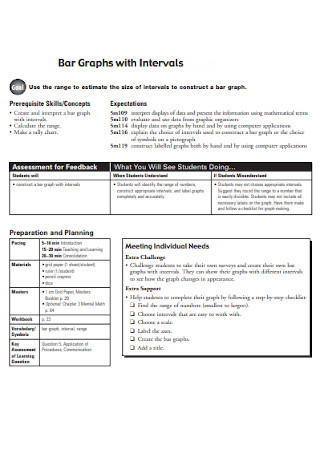
Bar Graphs with Intervals Template
download now -
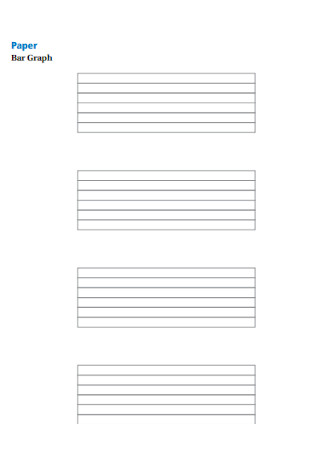
Sample Paper Bar Graph Template
download now -
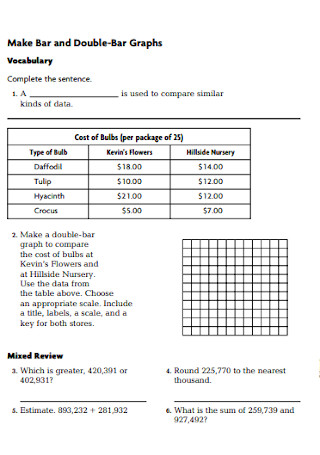
Double-Bar Graphs
download now -
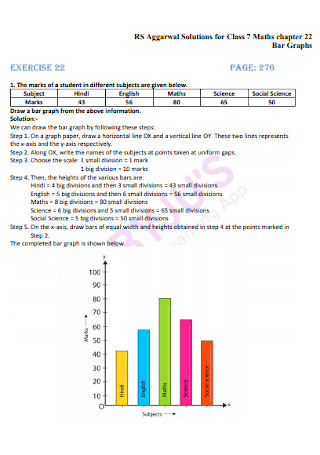
Printable Bar Graphs
download now -
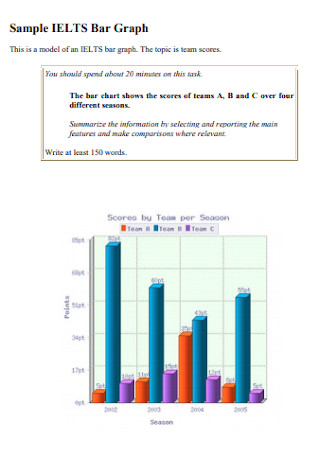
Sample Bar Graph Example
download now -
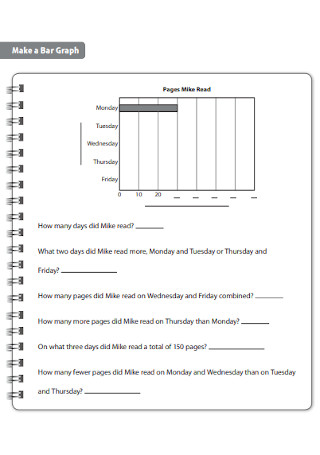
Sample Bar Graph Recording Sheet Template
download now -
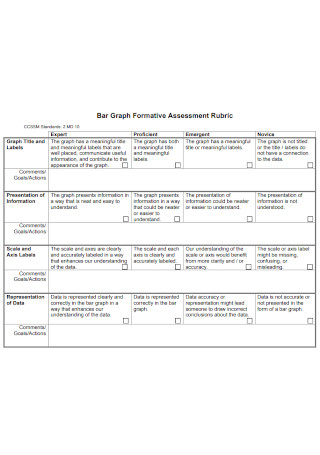
Bar Graph Formative Assessment Rubric Template
download now -
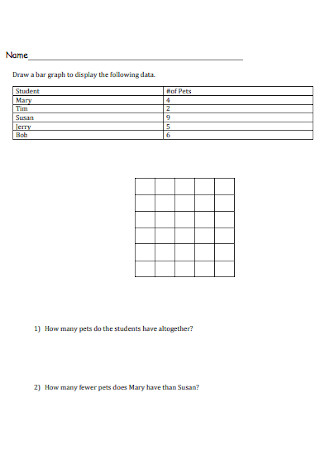
Professional Bar Graph Template
download now -
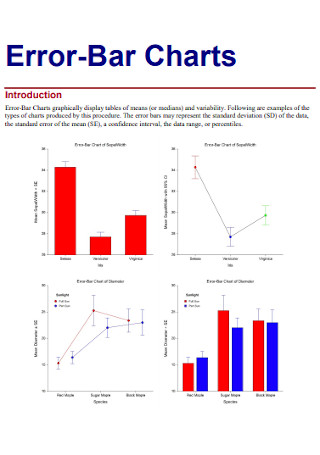
Sample Error Bar Graph Template
download now
What Is a Bar Graph?
You have probably seen bar graphs in your math classes or even made one for academic purposes. A bar graph is one of the several types of diagram individuals and organizations use. Its purpose is to present data in categories and show comparison through rectangular bars, which are either vertical or horizontal. In this visual representation, each bar represents respective values that are proportionate to their height or length. Other names of this type of diagram include bar chart and column chart.
The Importance of Graphing
When an individual wants to know the details about a particular topic, he or she will find the easiest way to do so. Gathering information and learning from them would be better if we don’t have to spend much of our time on it. Now, imagine yourself facing two papers filled with the same information. However, there is a difference in their presentation. The first one consists of lengthy sentences, while the other makes use of visual representation of the data. Looking at the two, which one would you prefer spending time on? The one that uses graphical representation, right? In this section, get to learn more about the importance of graphing.
Summarizes Complex Data
Dealing with the complexity of various sets of numerical figures can be a challenge for most individuals. Also, presenting these data through text can be complicated and sometimes insufficient for people to understand. When large amounts of data get too difficult to describe in words, the best thing to do is to illustrate these with the help of graphs. Charts, regardless of its type, enables statisticians and other professionals to summarize complex data. With a summary, everything is comprehensible in just one look.
Makes Patterns Recognizable
Now that you have a summary of data presented through a graph, you can easily see changes over time and spot patterns. This is one of the advantages of some types of charts, specifically, bar and line graphs. For that reason, businesses make use of charts to monitor their progress over a specific period. It enables them to see if they have generated enough revenue for the past few months of their business operation.
Helps in Data Analysis
The trend or progress seen on a chart helps researchers and entrepreneurs analyze data more efficiently, which allows them to draw conclusions or make calculated decisions. For example, business owners see a downward trend in their sales. With the information they have at hand, they can strategize and rebuild their marketing plans to generate more sales for the next accounting cycle.
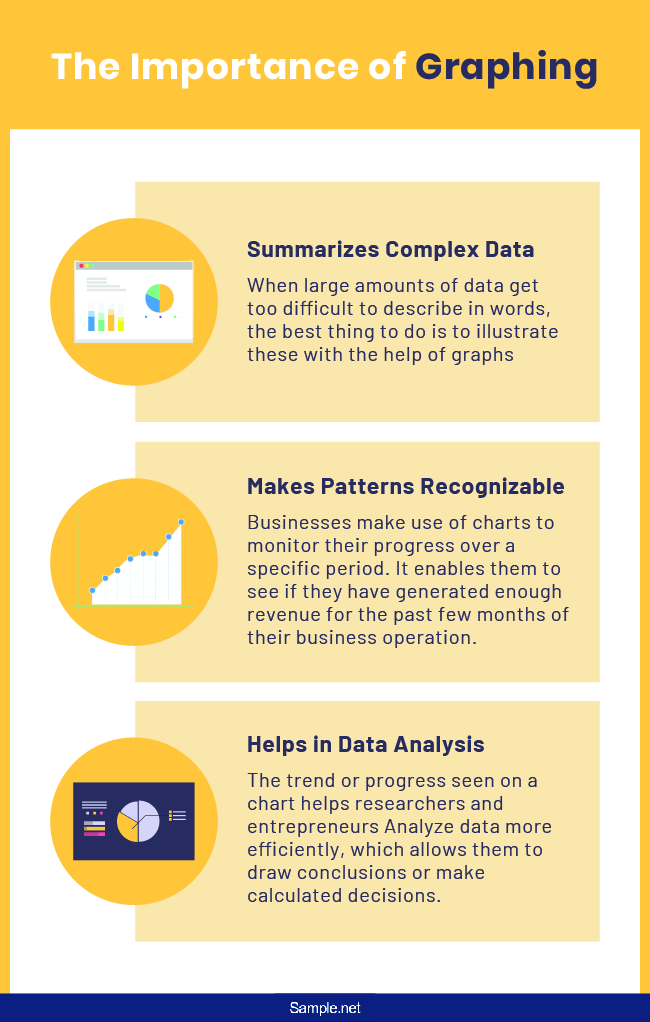
Building a Bar Graph: The Basics
As featured in an article from Smithsonian, there are over a million scientific articles published each year. Moreover, as cited from another source, there are scientists who put much dedication into publishing papers that they get to finish an average of 70 scientific papers per year. There are two main types of scientific methods these researchers can use to carry out their study—quantitative and qualitative. Over the years, the quantitative research methodology has become popular, especially in the academy. And in dealing with quantitative data, researchers will illustrate the responses they collated with the help of graphs. Here are the key elements of bar graphs, which are commonly used in visualizing the results of a study.
How to Design a Bar Graph
Some sources credited William Playfair for the invention of bar charts during the 1780s. However, some accounts attributed the first use of bar charts to Nicole Oresme for his publication entitled The Latitude of Forms. Regardless of who invented it, one thing is certain—the bar graphs paved the way for a more efficient method to make various numerical figures comprehensible even to this date. If you are to design a bar graph, follow the steps provided below.
Step 1: Gather Data
If you are in the process of completing a study, you first need to gather the data you need so that you will have something to make a visual representation of. On the other hand, if you collect the information from the government agencies’ websites, make sure that they are the most recent one for it to be relevant to the ones who will see the graph.
Step 2: Use a Software
After gathering the essential information, you can now proceed to create the bar graph. In doing so, skip the hassle of designing it manually and launch the software that allows you to plot the data you have at hand. You can use applications such as Numbers, Excel, or Google Sheets. However, if you want to make the process hassle-free, you can also utilize the bar graph templates and sample documents provided in this article.
Step 3: Enter Details
Now that you have selected a program or application for you to use, all you have to do is to enter the details on the sheet. For this step, make sure that you have encoded the information for both the x and y-axis. You should arrange the information accordingly and not in random order. Also, see to it that there are no errors, especially when you are dealing with numbers. Sometimes, our eyes and minds can play tricks on us, so it would be best to double-check everything.
Step 4: Keep It Simple
While you may have the freedom to personalize the appearance of your bar graph, you should still bear in mind that other people are going to take a look at it. Therefore, you have to consider the organization and neatness of your diagram. Here’s a tip, don’t use numerous colors on your design so as not to confuse the viewers. Furthermore, if it is necessary to stack, then do so. Grouping data would be better than having several separate charts. And just remember not to overdo it. Keep it simple yet informative.
FAQs
What is a trend?
We have probably mentioned the word trend in this article. But what does it mean? In a graph, a trend is a line that indicates the direction or the pattern based on the data at hand. It could be an upward trend or a downward trend.
What is a linear relationship?
Also called the linear association, a linear relationship is an equation that results in a straight line when you plot it in a graph. In statistics, this indicates that there is a straight-line relationship between two data: the variable and the constant. If an equation does not give you a straight line when you graph it, that means that it is a non-linear relationship.
What is a pictograph?
Aside from lines and bars, there are also other ways to illustrate data or information, one example of which is a pictograph. A pictograph is a diagram that uses images to convey various ideas. When used in Mathematics, each photo will represent a specific number of things.
The ups and downs of life are truly unpredictable. We’d never know what would happen the next day, even when we make plans ahead of time. And this situation is specifically true in businesses. For this reason, business owners monitor the changes in their sales and other important aspects of their business. While explaining the numerical figures in sentences would do its job in conveying to a company’s executives what is going on in their business, transforming them into graphs would still be more effective.